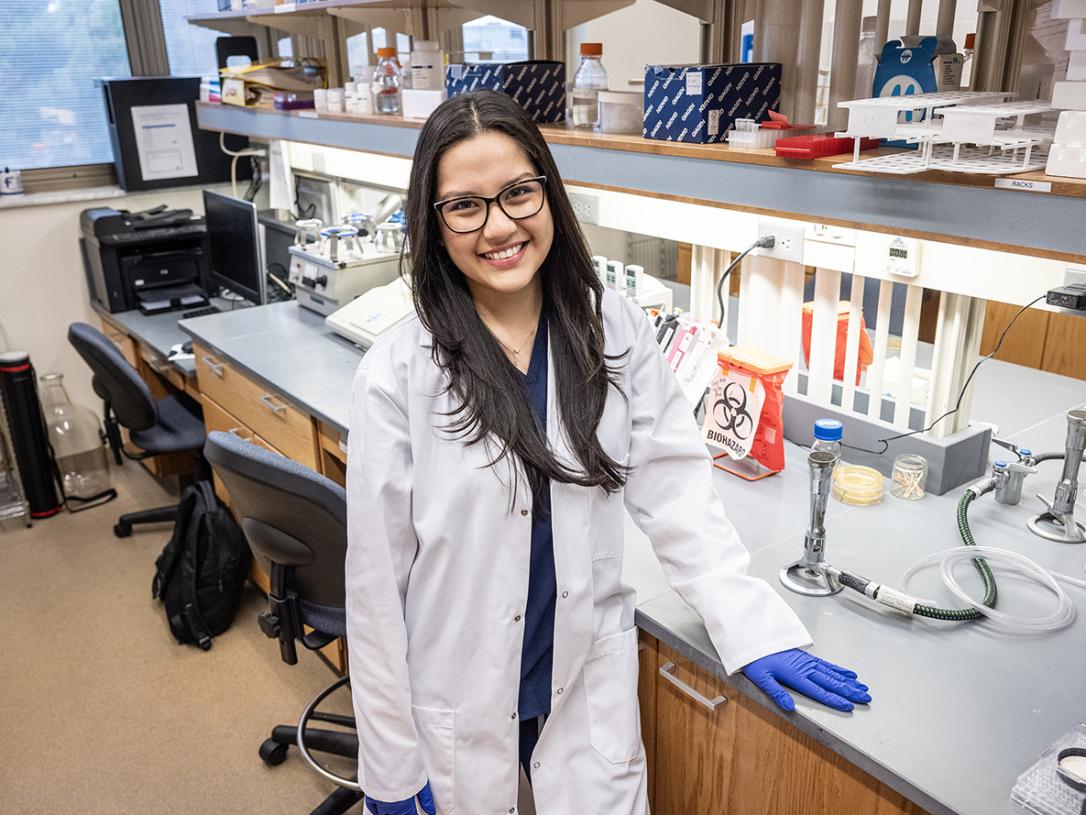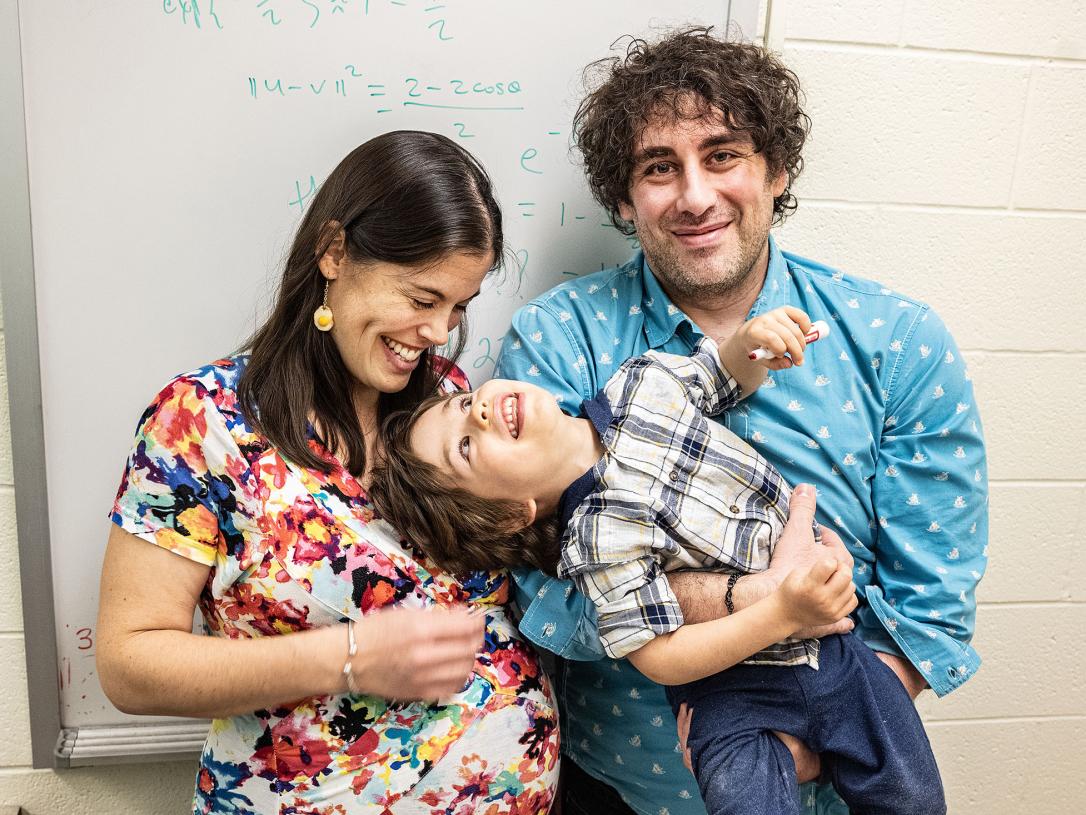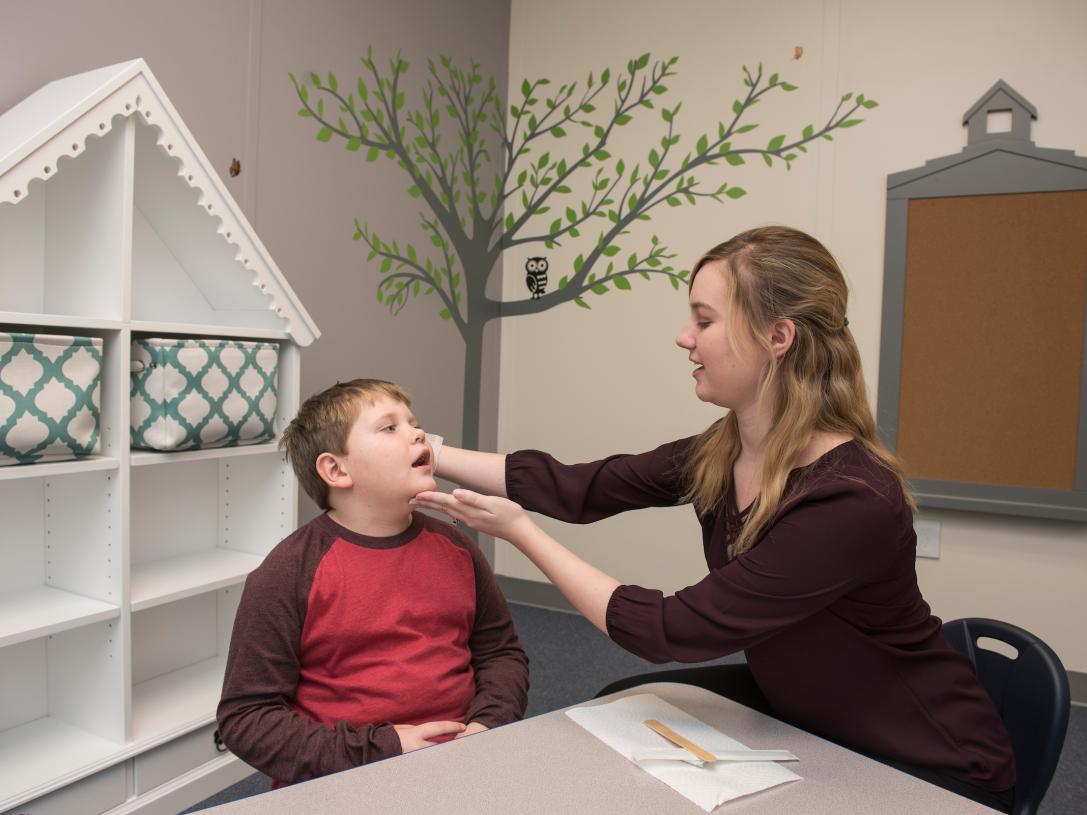
News Release
Sea Turtles Battle More Than Plastic Straws
WEST LAFAYETTE, Ind.—Sea turtles became the poster child for the war against plastic straws. But straws are just one challenge facing this 120 million-year-old species.
Forty years ago, there were about 100,000 nesting sea turtles in Costa Rica. Today, that number has dropped to around 3,000.
Frank Paladino, Jack W. Schrey Distinguished Professor of Biology and director of the Marine Conservation and Biology Center of Excellence at Purdue University Fort Wayne, has spent nearly 30 years researching sea turtles to help stabilize their population.
The scientist’s work involves looking into how to protect sea turtles. Paladino has contributed to research on four endangered species of the sea turtle—the hawksbill turtle, olive ridley, green turtle, and leatherback. His research has identified two major threats to the sea turtle population: climate change and commercial fisheries.
“A lot of these nests are so hot that they cook,” Paladino said.
The sea turtle has a gestation period of 60 days, and the sex of the turtle is determined by the temperature of sand in which it is incubated. If the egg incubates below 29.5 degrees Celsius, or 85.1 degrees Fahrenheit, the hatchling will be male.
But with rising temperatures, there are a greater number of female turtles hatching as the sand temperatures are warming. The production of more females, however, is just one cause for concern regarding climate change.
“It is so warm that the incubation temperatures are getting to lethal levels,” he said. “So, there is a shorter and shorter time period when the eggs are actually viable and can hatch. It is reducing the population numbers by the fact that there are great hatchling mortality rates, and also the fact that they are only producing one sex.”
To combat climate change’s effect on sea turtles, Paladino and collaborating researchers are moving doomed nests early in their nesting season. The nests—which are buried 1–2 feet below the sand—are being placed in hatcheries to protect them from tides and to regulate their temperature. The researchers are shading and watering the nests so that more male hatchlings will be produced.
The decline of turtles has also been linked to their coming into contact with commercial fisheries and their fishing techniques that include longline fishing and drift nets.
Paladino’s research found that leatherback turtles travel about 50 miles a day, spending 98 percent of their life in the open ocean. He has used satellite telemetry and tracking devices to identify the sea turtles’ migratory patterns. Researchers have determined that the sea turtle follows a very specific route from year to year, using the Earth’s magnetic field just as birds do. The research has helped Paladino’s team communicate with commercial fisheries to make them aware of when the sea turtle will be approaching their territories.
Paladino’s research on the decline of the sea turtle population also led to the establishment of Las Baulas National Marine Park, a national park in Costa Rica. The park is designed to protect and conserve leatherback turtles on one of the major nesting beaches in the Eastern Pacific.
“We were instrumental in helping create a new national park, which protects the turtles,” Paladino said. “If that national park wasn’t there, that whole beach would now be developed. It would not be a turtle nesting beach anymore. Because once they fully develop up those beaches, it’s just too disturbed for the turtles.”
His team in Costa Rica is assessing the mangrove estuaries using infrared lenses and drones to create baseline measurements on the health of the mangrove estuary, a place where a river meets the sea. The research will help show if future developments affected the estuary.
While much of Paladino’s research involves marine life, he also studies land animals. He has an ongoing project in Chengdu, China, focused on reintroducing giant pandas to their native habitats in a new reserve.
Paladino is the cofounder and president of The Leatherback Trust, a nonprofit organization dedicated to saving the leatherback turtle. He also is the director of the Goldring-Gund Marine Biology Laboratory in Playa Grande, Costa Rica. Earthwatch Institute, National Geographic Society, and the Fort Wayne Children’s Zoo have funded Paladino’s research. The institute has funded Paladino’s work since he began his research 30 years ago.
Paladino’s research aligns with Purdue’s Giant Leaps celebration, acknowledging the university’s global advancements made toward a sustainable economy and planet as part of Purdue’s 150th anniversary. This is one of the four themes of the yearlong celebration’s Ideas Festival, designed to showcase Purdue as an intellectual center solving real-world issues.
For more information, contact Madison Sanneman at [email protected].
###





